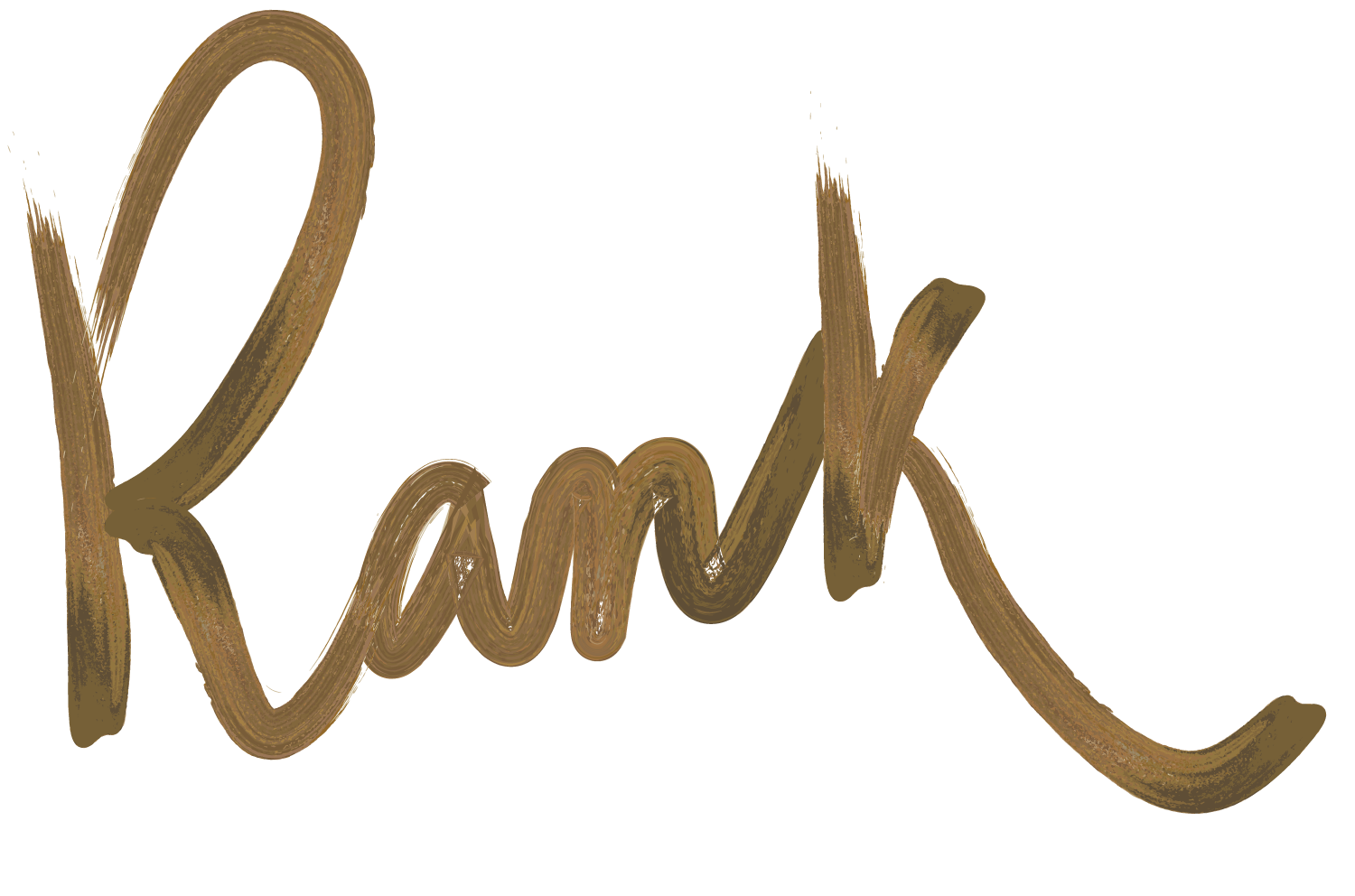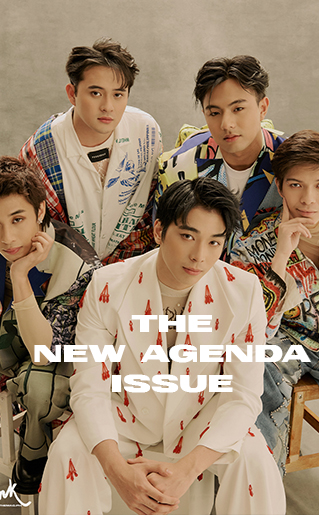
“Thanks to my art teachers then for breaking the preconception in my young, impressionable probinsiyano brain that art is strictly paint on canvas. All hell broke loose after that.”
Throughout various interviews and speaking engagements, one thing that acclaimed and globally-celebrated Filipino visual artist Leeroy New always points out is the undeniable impact carved and imprinted to his psyche by numerous mentors in art school that allowed him to deconstruct perceived structures of what constitutes as artistic expression. But more than constantly paying homage to his influences, the multidisciplinary artist says that making art, particularly in the Philippines, is a training in “24/7 disaster response.”
Invariably, he believes that art-making as a Filipino always goes back to interpreting, poking at, and decoding the issues we are constantly faced with, and creating thought-provoking works out of these ruins. True enough, a quick scan of his creations will undoubtedly make anyone see that there’s more to them than meets the eye—a piece that deserves not just to be seen, but a statement, big or small, that the artist commands you to listen to.
Oftentimes, there’s a reverberating theme beneath all the plastic, shapes, and eccentric silhouettes, that’s unmistakably relevant to each and every one of us—making it an otherworldly, yet familiar experience as it reflects reality known to us all.
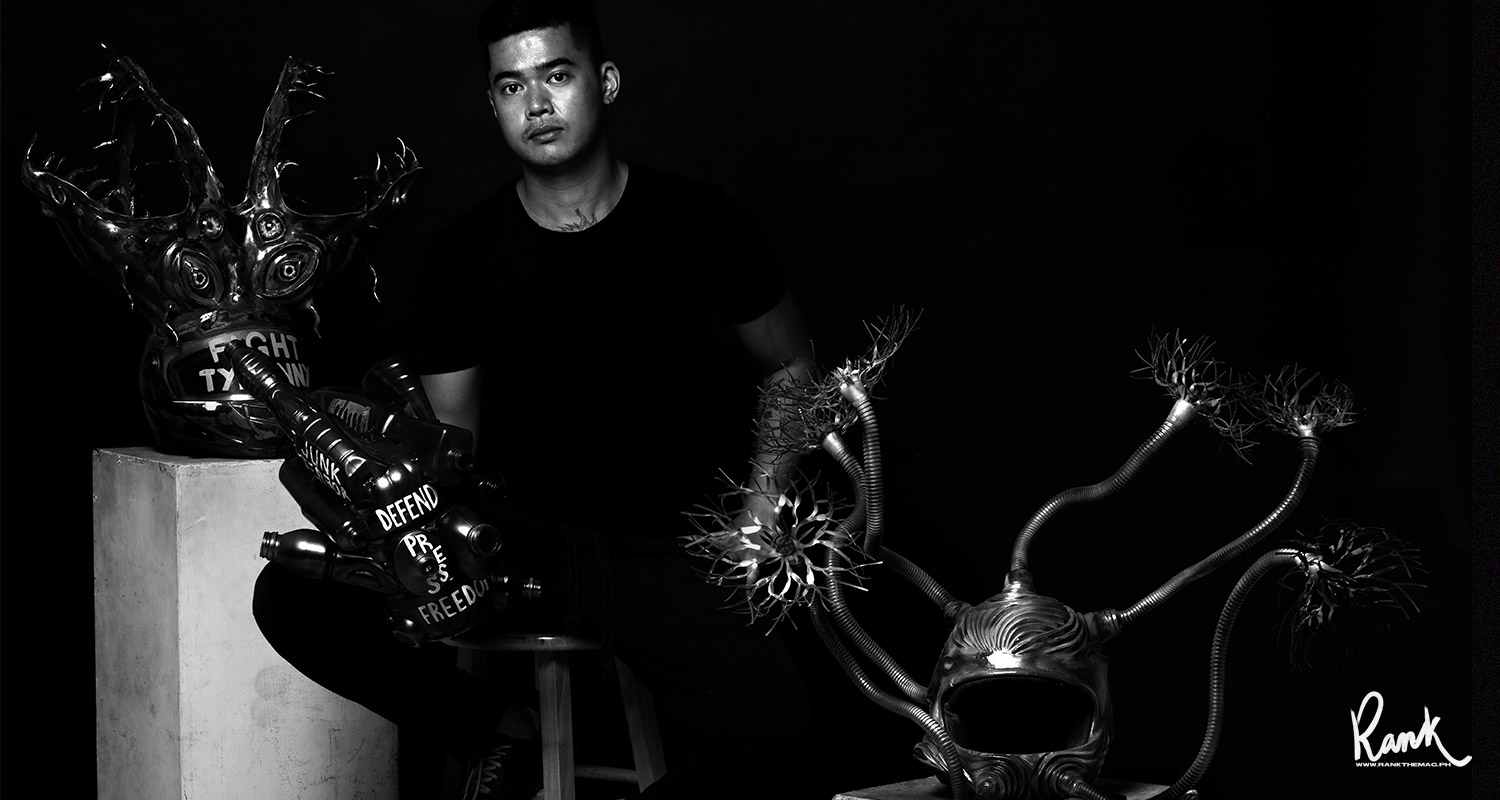
Photographed by Dix Perez
As an artist and a creator that is wholly on his own, self-plowed, path, New has set his footing in the local and international art scene without fitting into the mold institutionalized by his predecessors. When asked about his evolution as an artist, from Fine Arts student to contemporary maestro, he lays down the foundations of his relationship with the arts and his uncompromising outlook on his craft, leading to the distinct universe he has since built and allowed us all, mere observers, to inhabit.
From his early days exploring art in the city of General Santos in Mindanao, Philippines, New emphasizes the lack of art references around him that he could take apart, study, and integrate into his own visions. Especially growing up before the dawn of the Internet and social media, when resources weren’t as readily-available at the palm of his hands.
In effect, he navigated the traditional world of art with various styles more accessible to him at the time. However, when he was enrolled in Philippine High School for the Arts and was exposed to mentors and teachers who challenged these earlier-set traditions, his world completely opened up.
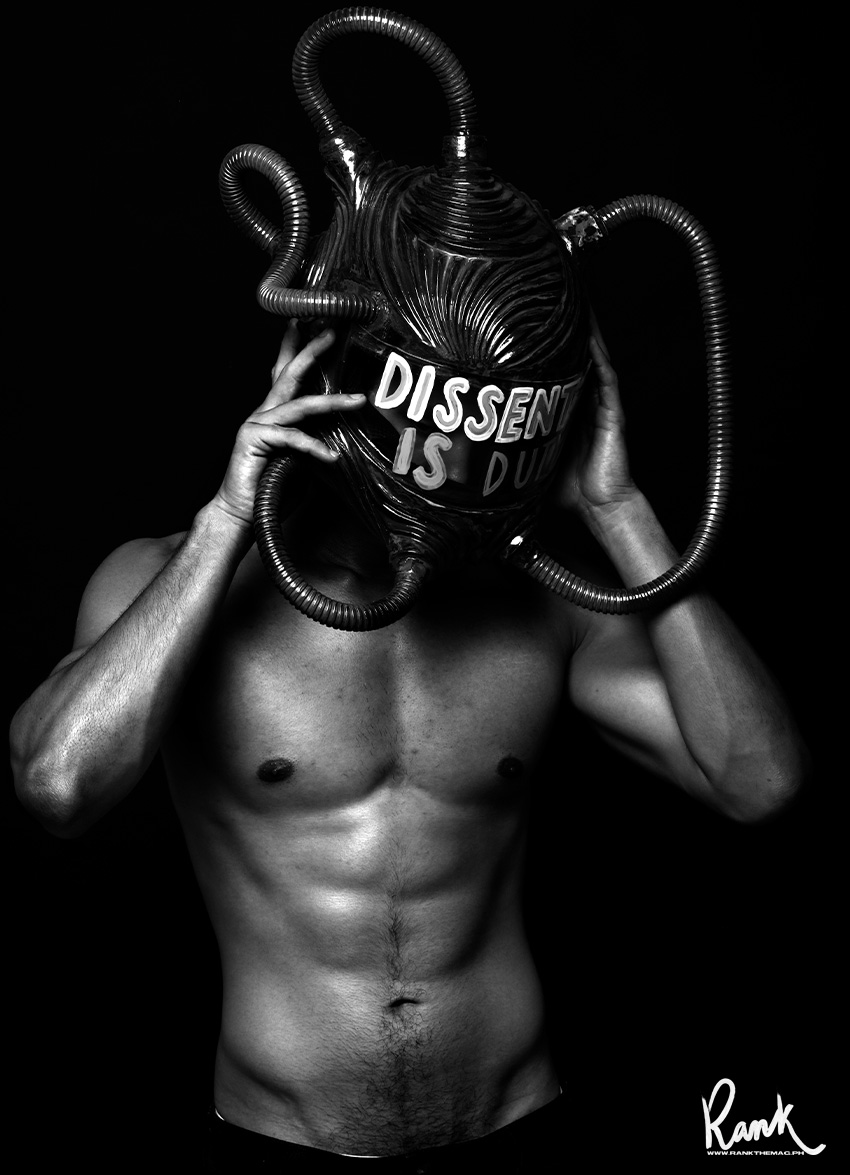
Photographed by Dix Perez
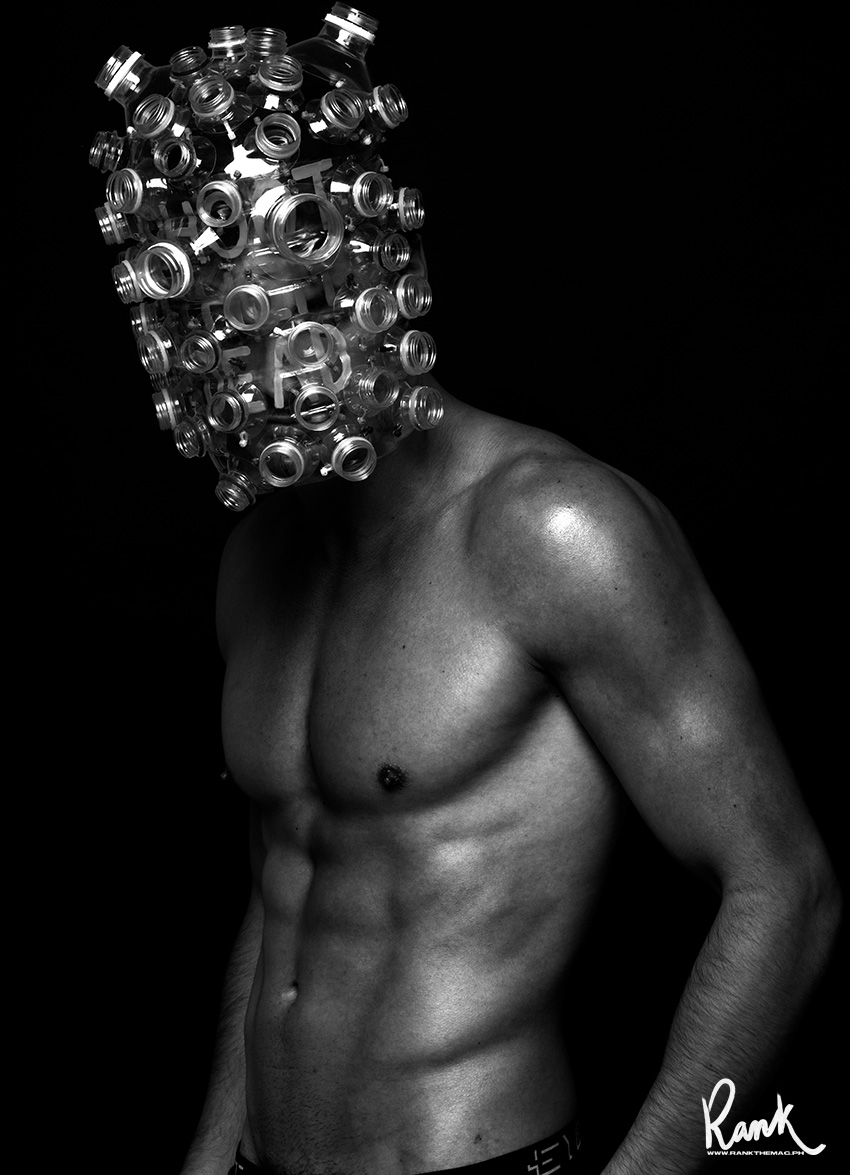
Helmet made from collected plastic bottles
Photographed by Dix Perez
In his words, “Gumuho yung aking preconceptions of art.” (The preconceptions that I had about art completely collapsed.)
He studied everything. All the art forms his teachers were dismantling, the magazines and books that were available to him, and every piece of wisdom shared with him by his mentors, who are also trailblazers in their own right. He used this rich mass of knowledge, that he only continued to cultivate further as the years went by, to inform his own art style and machinations.
This very ethos allowed him to continue solidifying his stance in the ever-evolving world of the arts. “I had no reservations about trying new things. Even though the dominant art market dictated that you just do the main form of art-making which was accepted, which was mostly painting on canvas, or surfaces. This was the main form that was easily transacted, and easily understandable. It was the most accessible idea of what art was. And I guess I just never stopped. I just kept pushing the last thing I did, how else—where else can I take this?”
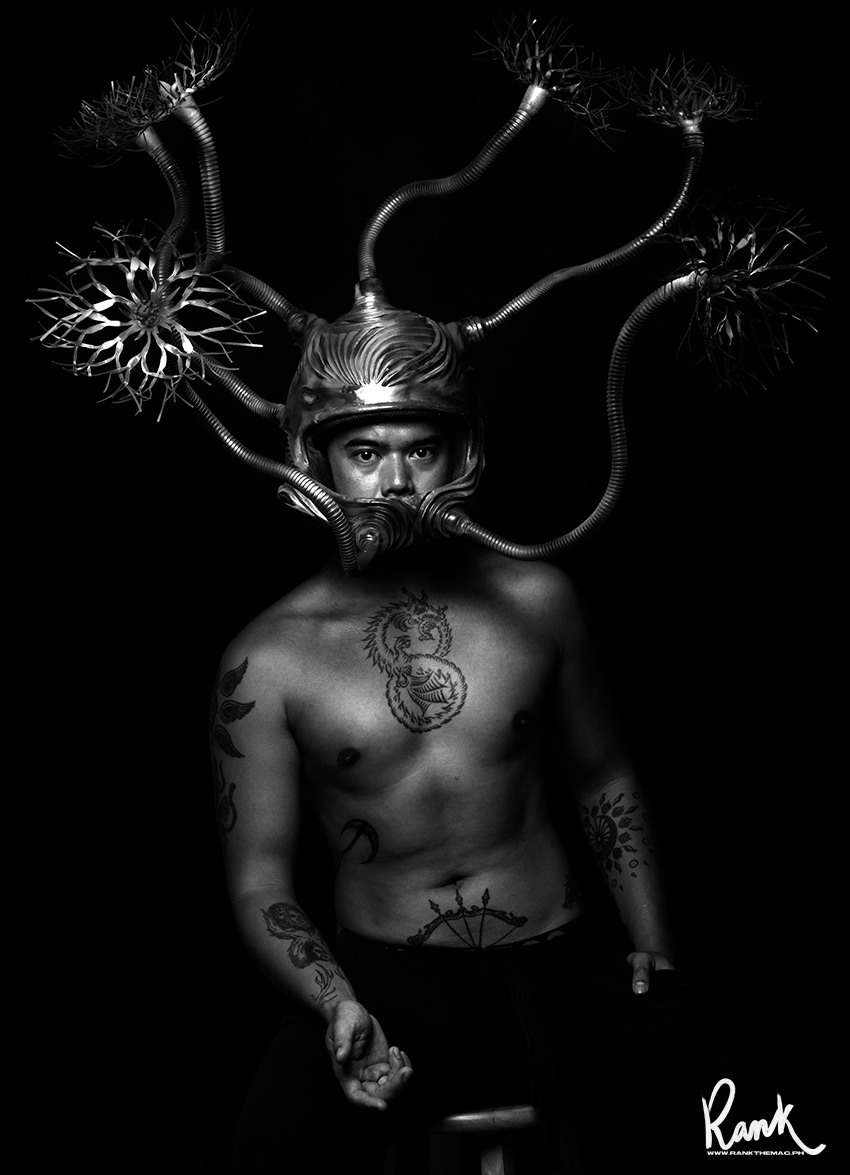
Leeroy New
Photographed by Dix Perez
As he continues to ask this question with each new collection, it’s evident that his art pieces, as distinct and as novel as they are, still fit into his whole ecosystem of “Leeroy New Originals” that consistently challenge, dismantle, and crack open the canon.
Despite the compositions he conjures up that’s unlike anything we’ve ever seen before, there’s a resonance among his body of work that captures our attention beyond mere aesthetics. A resemblance to social imagery we probably have seen somewhere else before, perhaps a similar positioning as photos we see in the news, the same message as advocacies we see online, silhouettes of science-fiction creatures from movies, or other callbacks to real and pressing images around us, but can never quite place.
Throughout his bustling career, New’s social activism has never been pushed or shied away from his art. If anything, it’s right, front and center. Each new piece, especially as the pandemic hit the Philippines in full swing, has something to say about our waste consumption, the government’s course of action, the resounding need for justice in our justice system, and so much more. This has always been his creative process, but it’s even more highlighted given our current cultural and political landscape.
Problem, context, and execution. It all goes back to his sentiment, again, that Filipino artists are in constant disaster response.
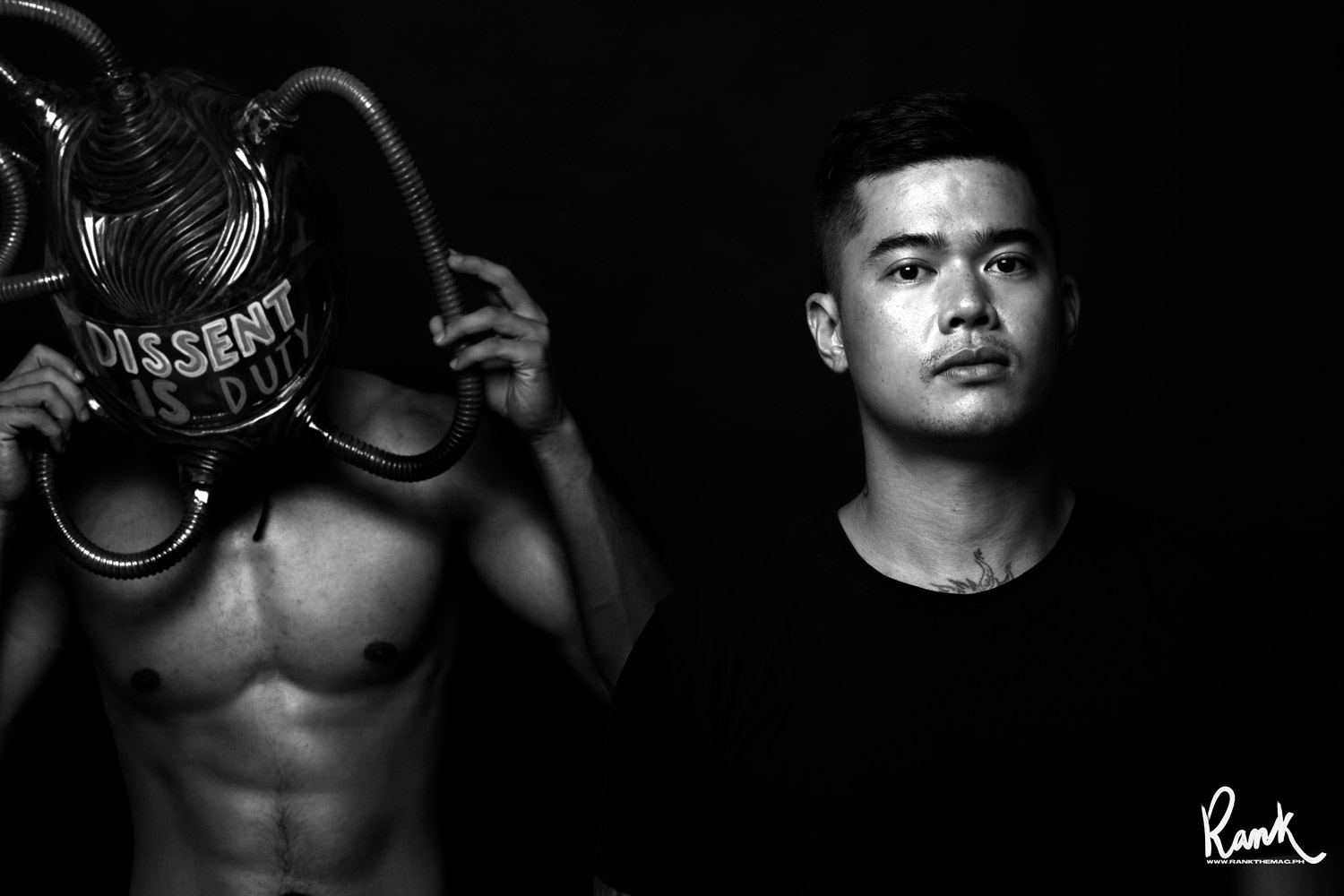
“Dissent is Duty” headpiece
Photographed by Dix Perez
“Art is not an isolated practice. It is part of an ecosystem, a community. Art has the capacity to contribute to [the] transformation of our society. Or at least, help improve it, or steer it towards a better, more progressive direction,” he emphasizes.
New believes that artists are trained to be problem solvers. With their creative lenses, they’re able to see underlying concepts as cultural or social observers, and as people that are a little more attuned to the world. Equipped with their craft, they are able to transform these large-scale concepts, issues, and undertakings, to expose the world bit by bit through more digestible and interpretative art.
This is the value of artists in modern day society.
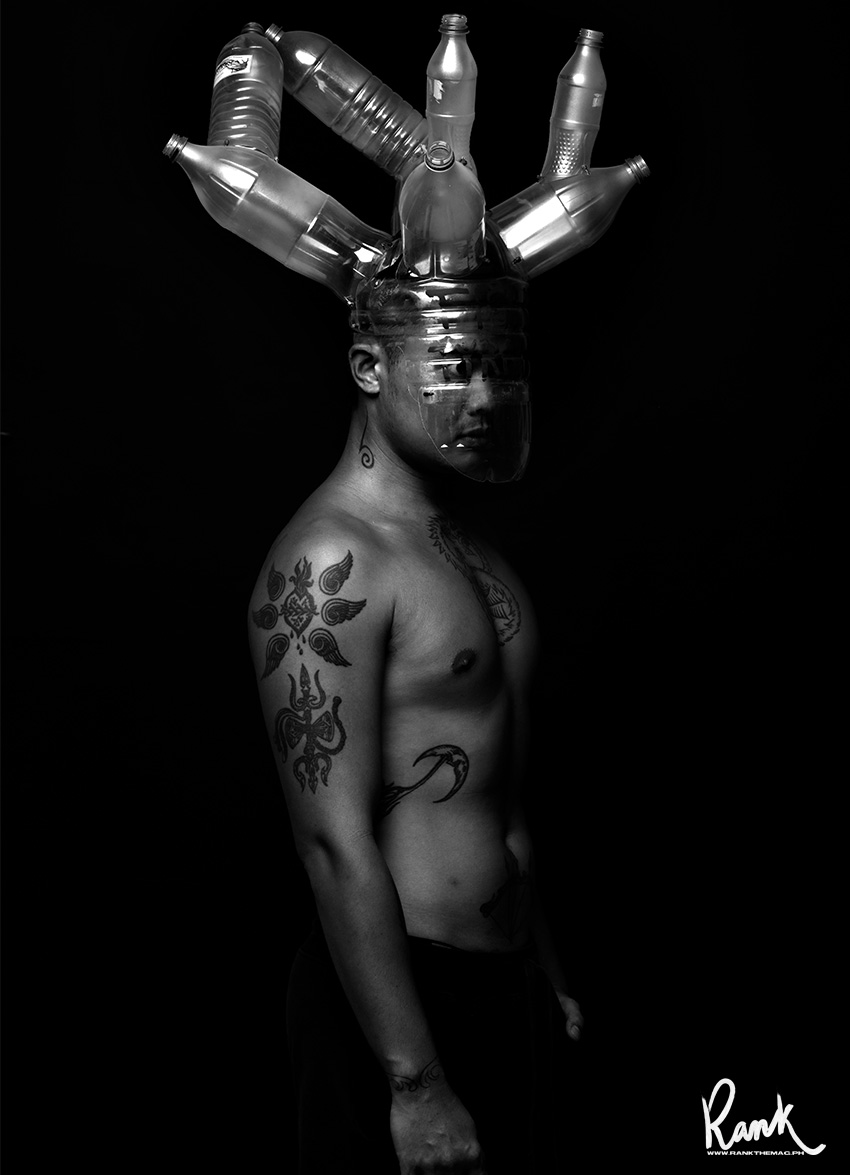
Leeroy New.
Photographed by Dix Perez
It’s this responsibility, hand-in-hand with their training to be creative problem solvers, that Leeroy New was able to methodically exercise and discipline his brain and hands to create, whatever circumstance he is given or thrust in. Inspiration, as he put it, is a thing of the past. He is “inspired upon command.” More so because of the need to constantly innovate and create for his artistic heart, as well as the practical and very human need to live not just for himself but for the number of people in his workshop that continue to help fuel the very existence of his art.
As much as his artworks and experimental pieces have led him to a place where he’s able to create to his heart’s content, he also reflects on the inevitability of taking his art to more commercial work to sustain his craft. Now, as he achieves the badge of success we usually adorn to internationally-acclaimed Filipino artists, he defines the word the same way he has earned it—unlike anyone else.
Simply put, success for New is defined as such: “Being able to do what I want to do without relying on a specific art market.”
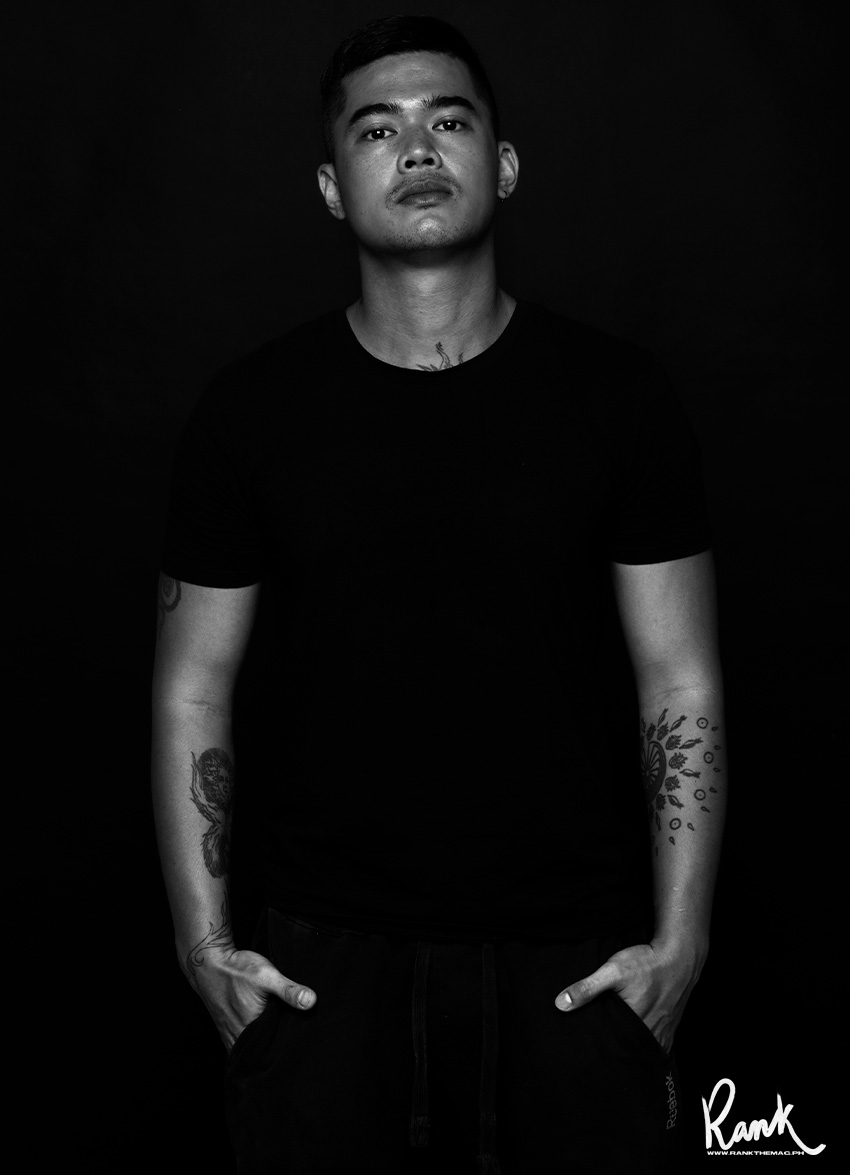
Leeroy New
Photographed by Dix Perez
And sure enough, his body of work is both so encompassing and distinct at the same time, that it overlaps to other forms of art one might not usually associate with one another in his industry. This also goes back to what he calls as the “aesthetics of scarcity”, in which he, as a budding art student who didn’t have the resources to create with the same technology as others, relied on the materials available around him. These are the common, discarded, everyday objects that he integrated to his craft—no matter how seemingly opposing they are—as he made himself the machine to create these pieces that gave 3D art printers a run for their money.
Because of this, he continues to look to architecture, fashion, design, and other forms of art for his musings on how to mix practices towards unbound, and unrestricted creativity. In fact, he named Alexander McQueen as a major inspiration during his years as a student on how fine arts could accommodate the human body.
Then, fast forward to now, he’s widely known for his wearable art that stands in the line between something straight out of a science fiction movie, and sustainable campaigns on plastic usage.
His slate of upcoming projects also goes back to his ethos of pushing further, and challenging notions of barriers between practices. In no time, with an environmentalist expert, he’s putting up an installation in Ateneo de Manila University that mixes agriculture and science with experimental, Mars-like, architectural spaces. His installation for the globally-celebrated art show Burning Man will also debut in Manila in the same timeline. For now, his creative genius is, again, on full display at the Pinto Art Museum in an exhibition curated by Patrick Flores.
As a 35-year old artist now well into his practice and artistic career, the big question is: what else is in store for a creator who has already pushed boundaries out of his spectrum? For Leeroy New, it’s the potential for his specific type of art to be a working model for others that excites him—something he wished he had when he was just starting out.
He also thrives in art movements that are steering more into conversations, and not just mere representations or depictions of reality. He aspires to inspire action, not just ideas. And this is what constantly motivates him to experiment further, and take his craft even farther.
For the next generation of mold-breakers, he says, “Be persistent to make space for yourself.”
As one who literally took the broken-up pieces of everyday objects to invent art forms beyond anyone else’s imagination, it’s a profound reminder for all aspiring artists that no matter what their circumstances are, they can create something out of it. That, if the ideas they have are non-existent in modern-day art spaces, they, too, should plow their own path forward and create the very spaces for them to inhabit.
Much like Leeroy New did through his ingenious and self-produced art machine.
With additional text by Leo Balante

Produced and creative direction by: LEO BALANTE
Photography by: DIX PEREZ
Grooming by: NADYNNE ESGUERRA
Cover layout by: BHERNN SAENZ
Models: PHILIPPE MAGALONA and LUCAS BERTOLINO
Shot on location at THE PENTHOUSE STUDIO
